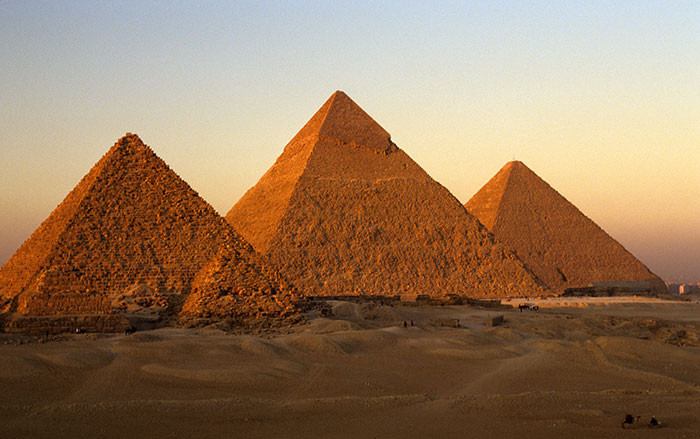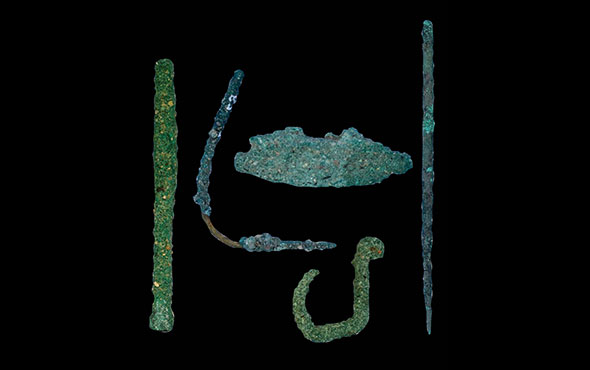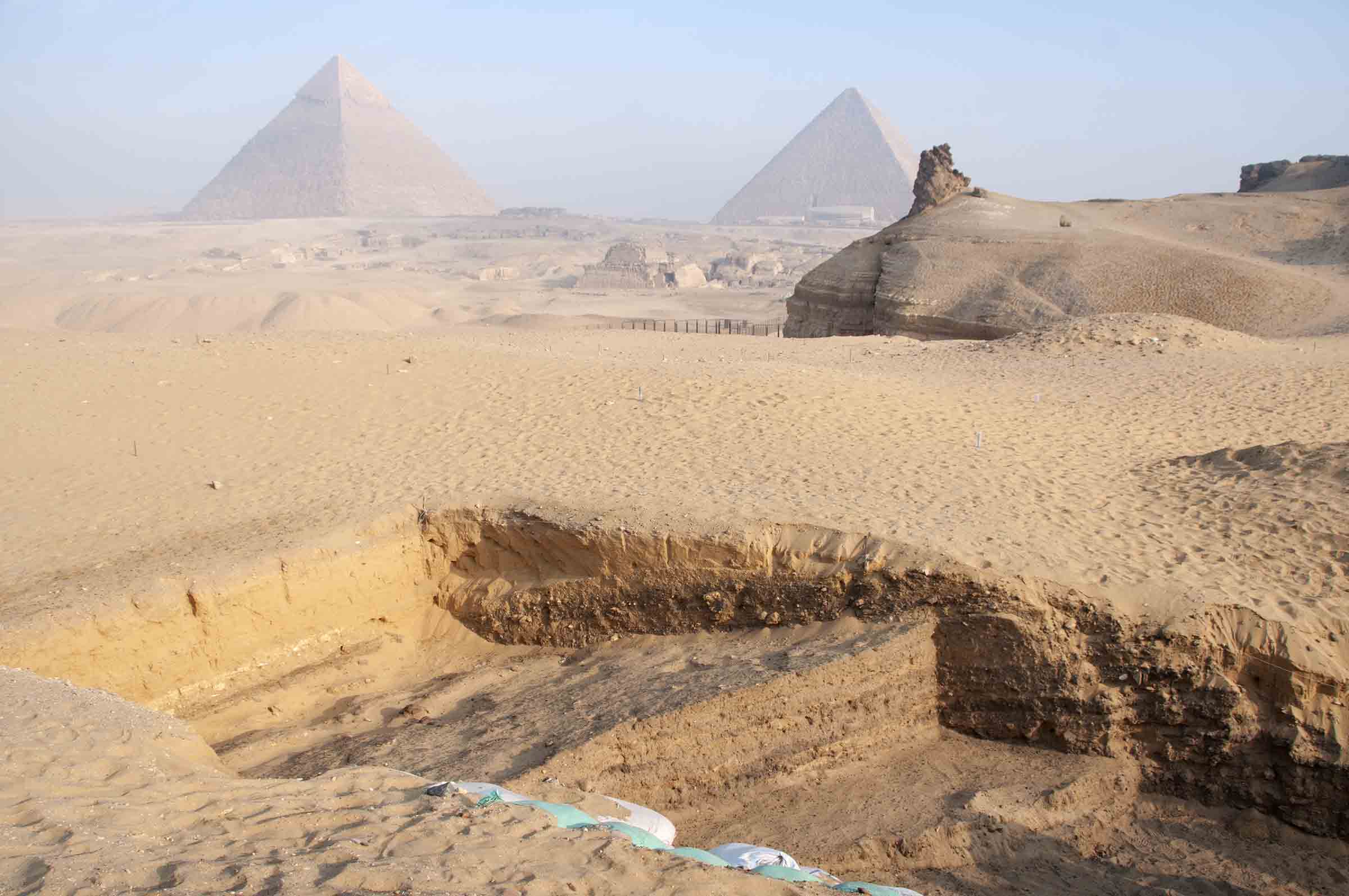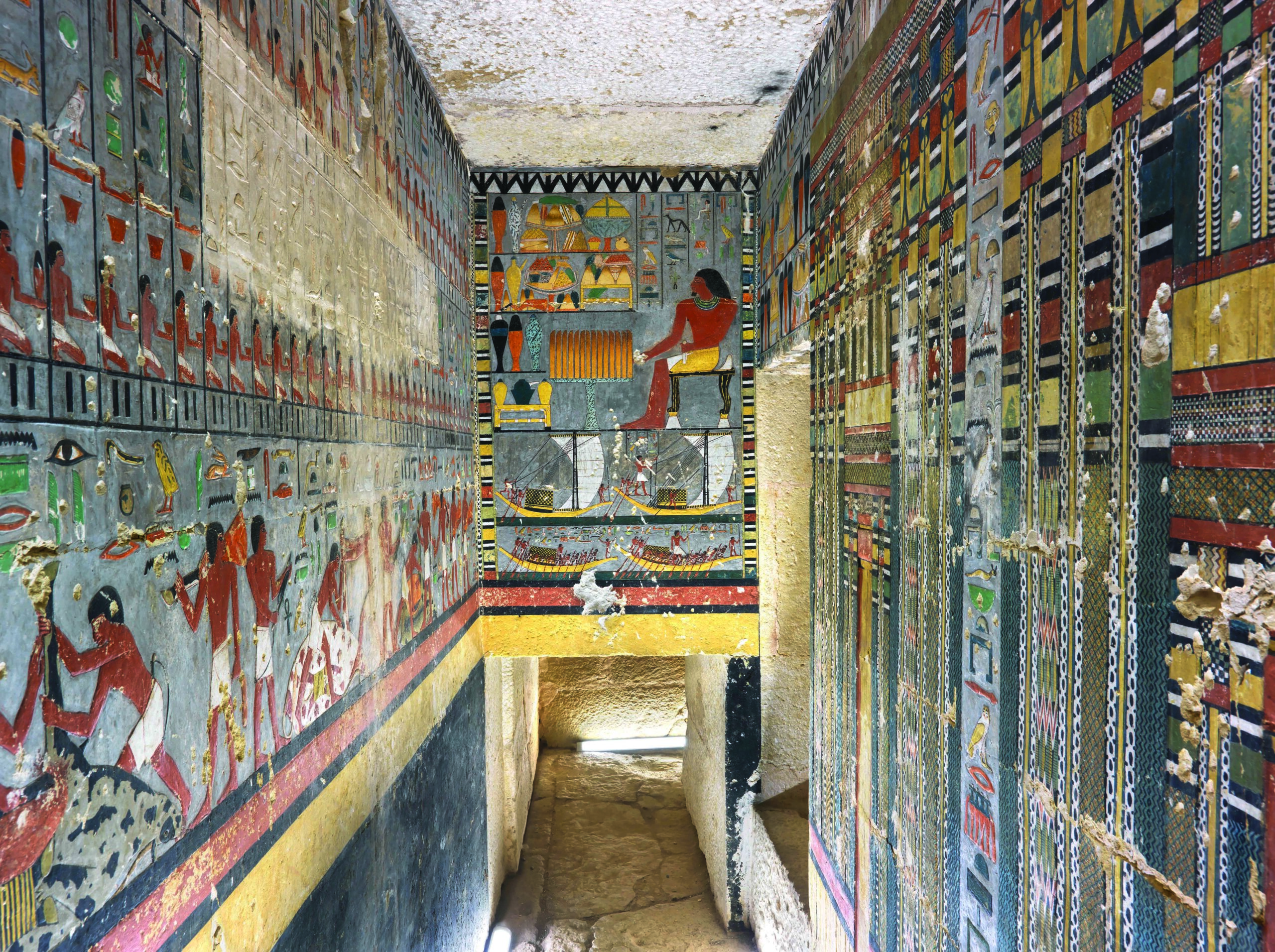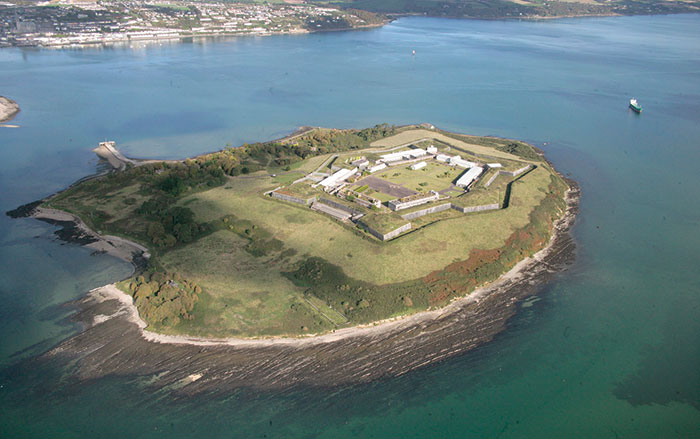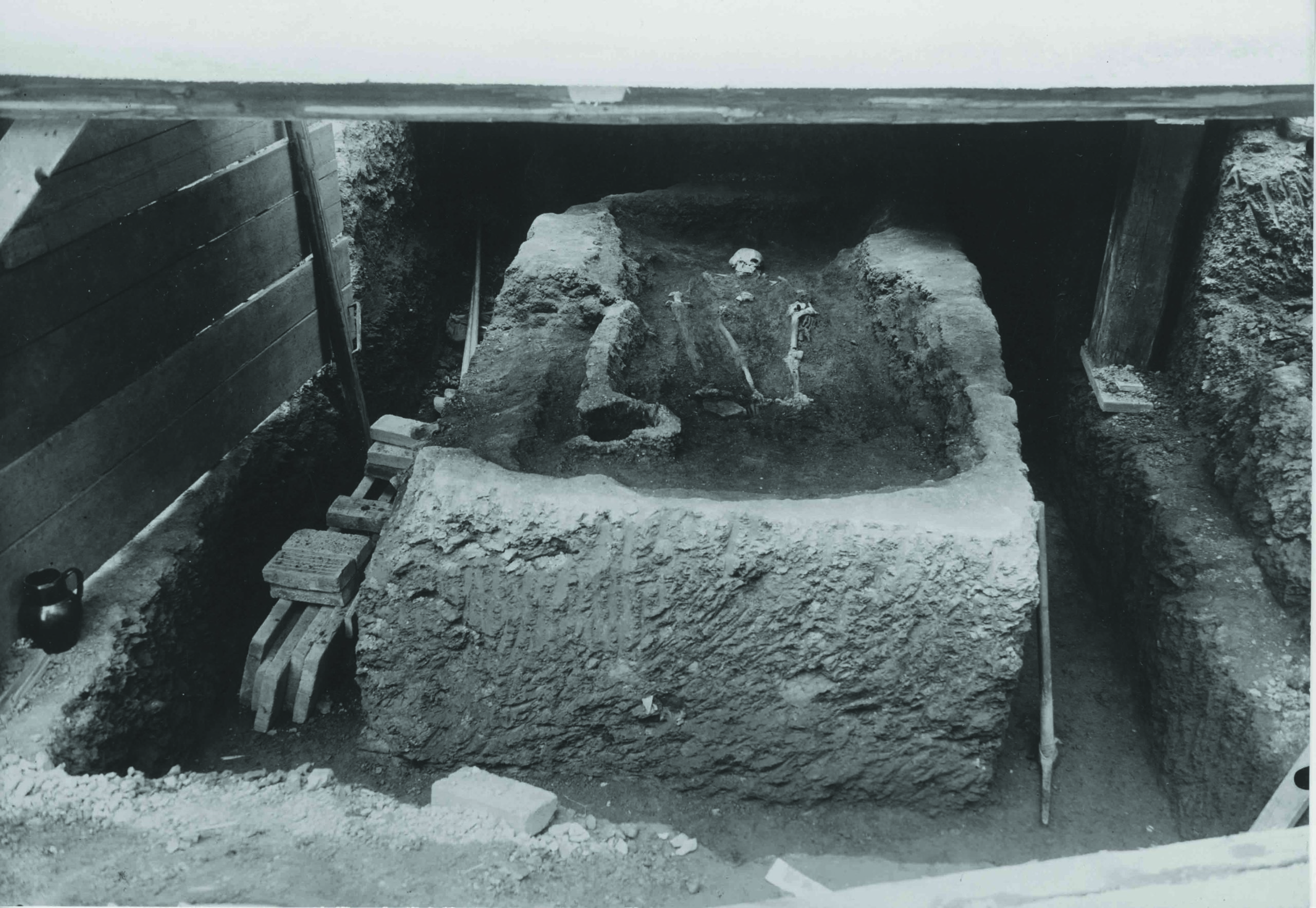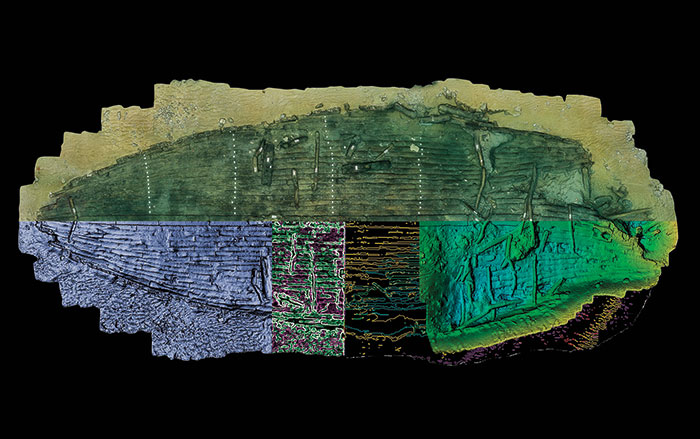
GIZA, EGYPT—Egypt’s Ministry of Antiquities suggests that the Sphinx, a 241-foot-tall sculpture of a lion’s body with a man’s head carved in limestone bedrock on the Giza Plateau, was strategically placed so that the sun sets over its right shoulder on the spring and fall equinoxes, when day and night are equal in length, according to a Live Science report. It had been previously suggested that the sculpture, which is thought to have been built around 2500 B.C. during the reign of the pharaoh Khafre, simply took advantage of the position of a limestone outcropping. Egyptian authorities add that at the summer solstice in June, the sun sets between the pyramids of Khufu and Khafre. To read about a plaster sphinx head unearthed in California that was made for a 1920s Hollywood film, go to "Head in the Sand."



